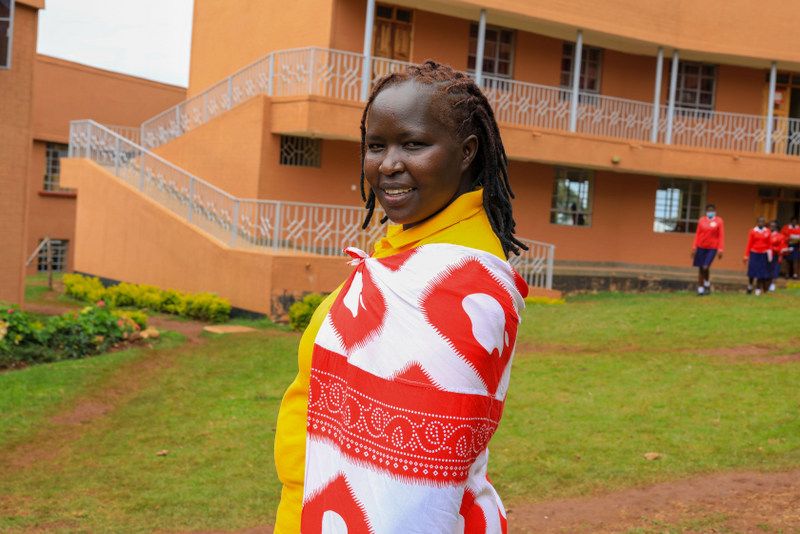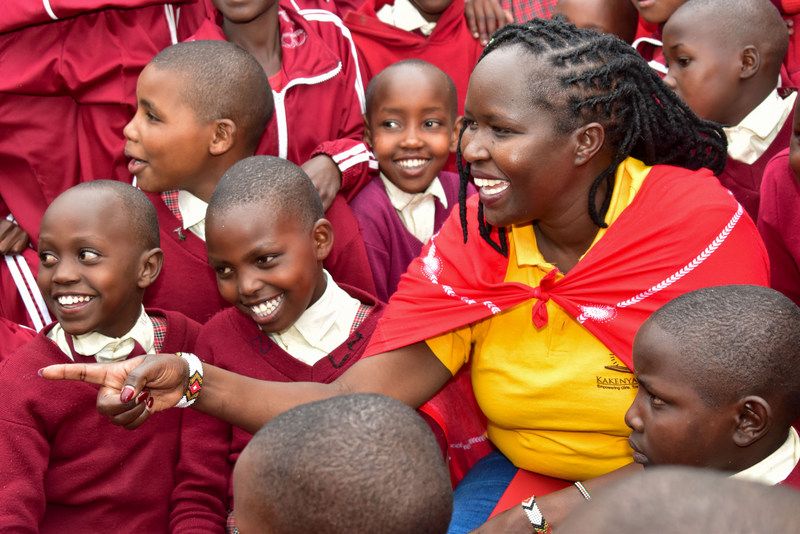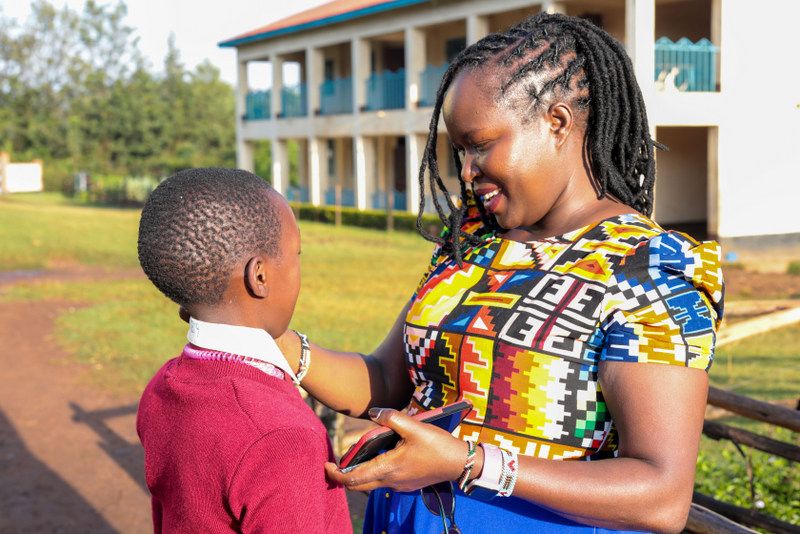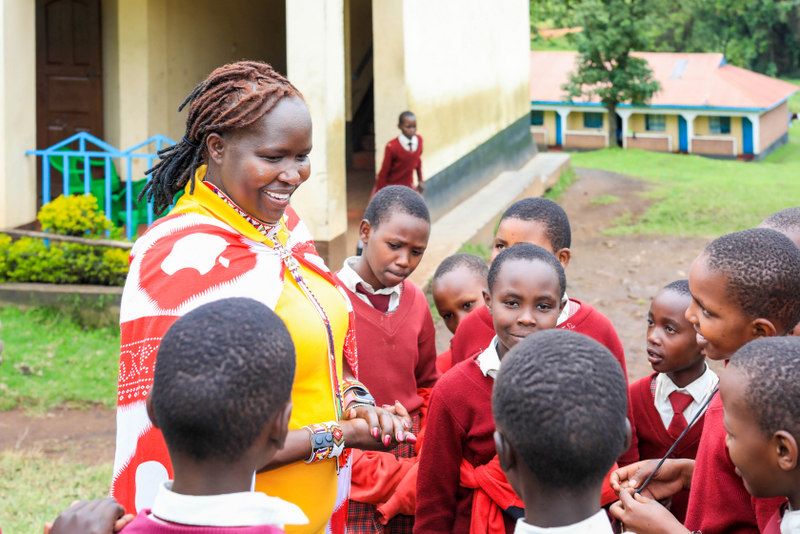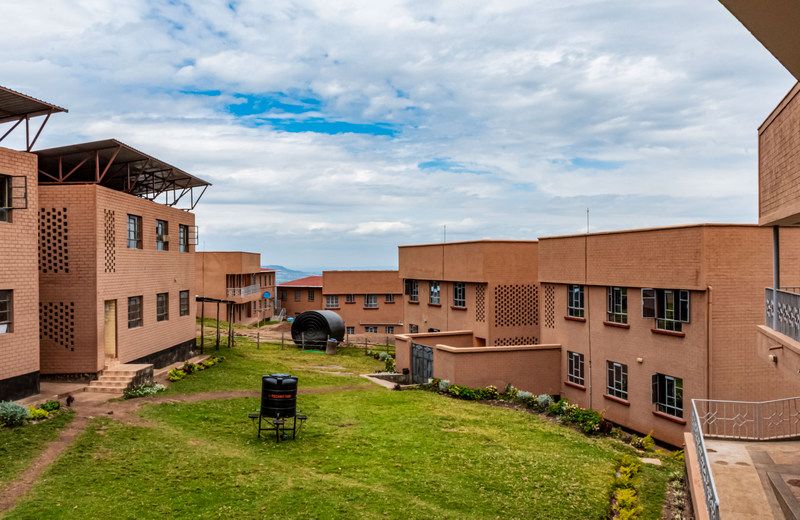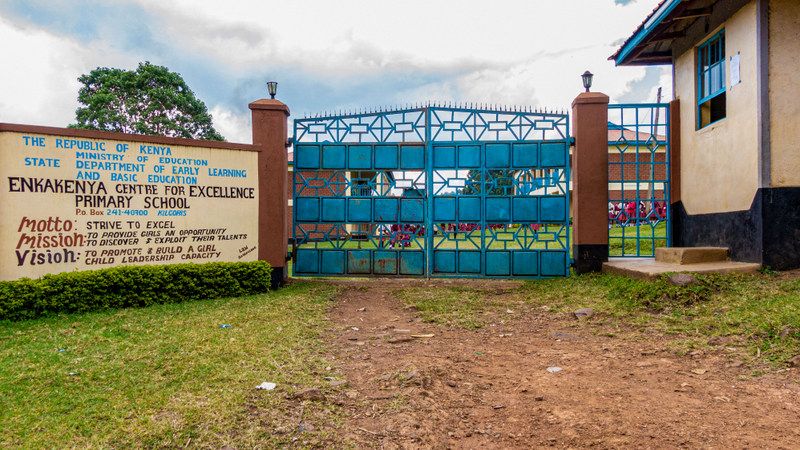As a young girl growing up in Enoosaen, a rural Maasai village in southwestern Kenya, Kakenya Ntaiya‘s fate seemed determined from birth. After undergoing female genital mutilation (FGM) at puberty, she was expected to stop her education and start life as a married woman.
In the Maasai community, female genital mutilation includes the removal of the entire exterior of the clitoris. This usually takes place in the homestead, with the use of a sharp knife or razor. Though the practise is banned in Kenya, many elders continue to consider it a prerequisite for the transition from childhood to womanhood.
“This was the path of all the women and girls I knew, but I did not want it. I dreamt of becoming a teacher, wearing nice shoes, and writing on a chalkboard. I am deeply proud of my Maasai heritage, but I have always opposed the patriarchal norms that keep women and girls in our community from achieving their full potential,” explained Ntaiya.
At twelve years of age, just as she was about to undergo the cut, she made a deal with her father.
“I told him that I would only undergo FGM if I could continue my schooling afterwards, rather than get married as was expected. I vowed that if he didn’t agree, I would run away, bringing shame to our family,” shared Ntaiya.
To her surprise, her father agreed, and true to his word, he broke off her engagement and allowed her to continue her education after recovering from the wound.
Then, during high school at Sosio Secondary School, Ntaiya came up with another ambition: she would attend university in the United States. This dream was even more challenging. She would need her community’s help and financial support to realise it. So she approached the village elders, promising that if they agreed to help her, she would return home one day and use her education to support the community. But she already had a specific idea in mind.
“In the back of my mind, I always knew that no girl should have to make the kind of sacrifice I did, undergoing FGM, just to continue her education. It became my life’s purpose to ensure that no other girl would,” she explained.
I attended Randolph-Macon Women’s College and received a bachelor’s degree in international studies and political science. I then pursued a PhD in education at the University of Pittsburgh. During my PhD, the idea for the Kakenya Centre for Excellence (which would later grow into Kakenya’s Dream, a full-fledged nonprofit organisation) began to form,” said Ntaiya.
Back home, many girls Ntaiya knew were dropping out of school, being married off, and suffering the consequences of FGM, which can easily lead to infection and worse. She heard tragic stories about their painful experiences and felt she urgently needed to act.
“I remembered my promise to use my education to support my community. I had forged this pathway to empowerment for myself, and I decided that educating and empowering other girls would be the best way to serve my community.
I began the process with conversations. I talked with elders, parents, and community members, explaining my vision and listening to their feedback and concerns because I wanted the community’s support. I opened my first school, the Kakenya Centre for Excellence (KCE I), in 2009,” said Ntaiya.
Nearly 15 years later, KCE has grown significantly. Today, it is known as Kakenya’s Dream, a nonprofit organisation leveraging holistic education, health, and leadership programmes to empower girls and transform rural communities.
“We began as a single primary school, KCE I, educating 30 vulnerable girls beneath the shade of a tree while classrooms were being built. As their needs grew and evolved, so did our programmes, said Ntaiya.
Today, Kakenya’s Dream operates two boarding schools and several other interrelated education, health, and leadership programmes that serve thousands across rural Kenya each year. Her first 6-acre KCE I campus in Enoosaen was built on land donated by the village elders. The first classroom opened in 2009, and from 2010–2017, the campus expanded, offering art and science facilities, safe dormitories, teacher housing, a multi-purpose hall, and a library.
In 2017, she built a second 8-acre campus in Isampin, KCE II. This second campus offers well-equipped computer and science laboratories, which are true rarities in remote and underserved communities.
Students who graduate from boarding schools become part of the Network for Excellence programme.
“Through the network, we provide tutoring, academic scholarships, mentorship, and college and career guidance to ensure our graduates are able to successfully transition to the next phase of their education, adulthood, and financial success,” she added.
While Kakenya’s dream has made many dreams of underprivileged girls in and out of the community come to fruition, some of the biggest challenges experienced were during the COVID-19 pandemic, which registered many teenage pregnancies.
About 36 girls who are beneficiaries of the programme became pregnant.
“The pregnancies happened during COVID-19 in 2020, before schools reopened. The organisation created a programme dubbed ‘Angaza,” where students were issued solar lamps, food items, and homework every month on unspecified dates between May 2020 and December 2020. When students came to pick up the provisions throughout that period, we found 36 were pregnant,” said Michael Chepkwony, KCE Communications Manager.
Naomi Nanyori, a Form 4 student and beneficiary of KCE, is one of the girls who got pregnant during the pandemic. She was able to resume classes after delivering the baby.
“When I found out I was pregnant, I battled with even thoughts of suicide. Luckily, it was not over for me. I gave birth on March 7, 2021. And I was allowed to go back to school. I am so grateful to Dr Kakenya because, in other circumstances, this would have marked the end of my education,” shared the 16-year-old, who hopes to be a cardiologist after school.
Among her greatest support systems, Ntaiya credits the village elders, who broke with tradition to support her in pursuing an education in the United States and later donated the land on which her first boarding school was built.
The village chief now also enforces and supports the school’s strict no-FGM or child marriage policy.
Many parents who were once against educating girls are now rallying behind their daughters and serving as champions of the work done at Kakenya’s Dream, convincing others in the community to support girls’ empowerment and end harmful practises like FGM and child marriage.
“In these and countless other ways, my community has proven that they’ve put their trust and faith in me to guide change, change that impacts all of their lives. It’s a brave act, and I deeply admire them for their courage,” Ntaiya concluded.
In addition to Ntaiya’s efforts, there are other organisations working to eliminate this harmful practise in the Maasai community. These organisations are also receiving assistance from the elders, who once acted as the guardians of this practise.
MANDO (Matonyok Nomads Development Organisation) is finalising Silan, a safe house for girls in the Eremit community of Kajiado, Kenya. It will offer alternative living quarters to school-aged girls vulnerable to the local practises of female genital mutilation, early marriage, and early pregnancy.
“The Eremit village elders donated 10 acres of land to this project,” said MANDO’s project director, Michael Sayo.
Starting in 2024, admissions will be open for girls to receive not only housing but also education.
“The girls will participate in community-wide programmes bolstering the status of women, including entrepreneurial instruction and water tank construction, and they will receive microloans for small projects,” said Sayo.
Story by: Atieno Odera for bird story agency
The post Kakenya Ntaiya’s Dream is to End Female Genital Mutilation (FGM), and She’s Making Progress in Kenya appeared first on BellaNaija - Showcasing Africa to the world. Read today!.
from BellaNaija https://ift.tt/jPq3Bzo
via IFTTT

